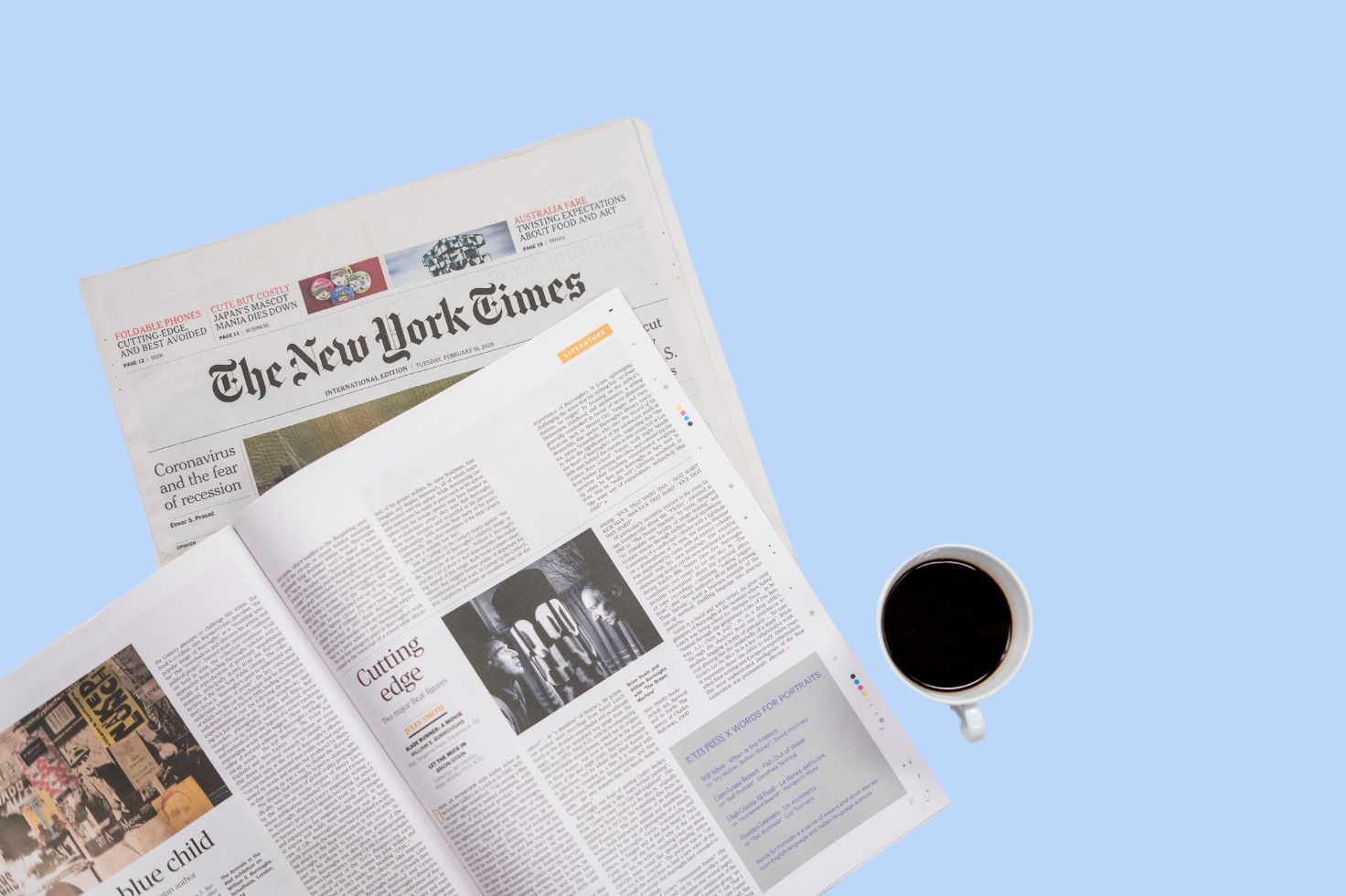Publishers have been struggling to tread water for decades, kicked off by adjusting to the move to digital and finding new revenue streams on the internet. Now they must adjust to the evolving needs of consumers, making relying solely on ad revenue impossible – are audience-pay models the answer?
News outlets and magazines have been the source of waves of layoffs since the start of the 2010s and their revenue decline shows no immediate signs of slowing down, but there is hope. Publications business models are evolving as costs and realities change for both publishers and readers. While previously under-resourced and often too narrow in scope, audience-pay models are providing publishers with needed reprieve and have the potential to boost the dwindling sector – keeping writers, readers, and advertisers happy.
Audience-pay models aren’t new. Brilliantly, instead of reinventing the wheel, publishers are turning to a tried and true business model. Before the internet, subscription fees heavily supported magazines, newspapers, and leaflets. While publications still relied on advertising revenue to subsidize their income, it did not make up the portion of income it does today. It seems a return to old-school methods may be the solution writers, readers, and print advertisers are looking for.
Audience-pay models take the helm
Subscription revenue will play a crucial role in supporting the publishing sector and local news going forward. Audience-pay models rely on funds from subscriptions, donations, and memberships to support the business. These models can also be augmented by advertising revenue.
Audience-pay models, and specifically models that focus on subscription and membership fees currently represent a significant growth opportunity in Canadian news media – with many outlets jumping on board. Measures from the Canadian federal government, announced in its 2023 fall economic statement, are also likely to accelerate this growth.
This transition is a boon to publishers and the broader community, with audience-pay models incentivizing outlets to serve their audiences, rather than tailoring content to please advertisers. When publishers are accountable to the public they are more likely to produce investigative, engaging, and solutions-oriented journalism.
Ironically, this also benefits advertisers, as higher-quality journalism is likely to improve engagement and ensure that the eyes on ads are critical, interested, and impactful. Audience-pay models are a novel solution to publishing’s revenue problem because it benefits everyone – readers, writers, advertisers, and news outlets alike.
Will audiences pay? Yes.
Many outlets and advertisers are likely worried about the reliability of publishers’ audience-pay models, concerned about whether or not readers will choose to pay for content they may find for free elsewhere.
Worry not – readers are already paying for quality subscriptions. Publications like AdAge and The Athletic already rely on subscription fees to support their journalism and keep quality writers on their payroll.

Users will pay for quality content. Additionally, with free-to-read publications slowly disappearing from the internet (or being so bombarded by ads they’re nearly impossible to read) readers will be faced with no choice but to return to the business model that supported journalism for centuries before.
Audience-pay models can be a healthy and reliable income stream for publishers going forward and a no-brainer for outlets looking to increase their viability and quality content for their readers.

To see more from illumin, be sure to follow us on X and LinkedIn where we share interesting news and insights from the worlds of ad tech and advertising.











